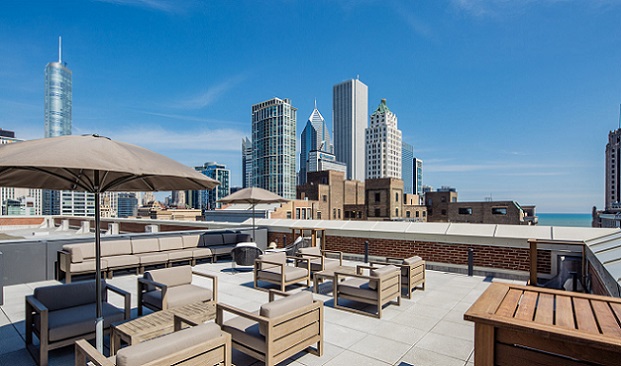 new trophy towers Wright Heerema Architects 123 N. Wacker Chicago Bears 1 N. Dearborn draw new tenants Euromonitor International Roger Heerema As you talk with building owners who are planning redevelopments, what are their expected outcomes? Roger Heerema: It seems there is an amenities race underway as building owners strive to top each other with the coolest amenities. What are some of the most unique amenities you've seen recently? RH: For building owners with a limited budget, where should they focus their investment to get the most bang for their buck? RH: As architects, are there any amenities or features that you advise owners to stay away from—things that might sound appealing but simply aren't practical? RH: What are some of the biggest challenges you must overcome when redeveloping an older building? RH: What are your tips for a successful redevelopment that truly differentiates a property? RH: What's the next big thing you see in redevelopment? RH:
new trophy towers Wright Heerema Architects 123 N. Wacker Chicago Bears 1 N. Dearborn draw new tenants Euromonitor International Roger Heerema As you talk with building owners who are planning redevelopments, what are their expected outcomes? Roger Heerema: It seems there is an amenities race underway as building owners strive to top each other with the coolest amenities. What are some of the most unique amenities you've seen recently? RH: For building owners with a limited budget, where should they focus their investment to get the most bang for their buck? RH: As architects, are there any amenities or features that you advise owners to stay away from—things that might sound appealing but simply aren't practical? RH: What are some of the biggest challenges you must overcome when redeveloping an older building? RH: What are your tips for a successful redevelopment that truly differentiates a property? RH: What's the next big thing you see in redevelopment? RH:© Touchpoint Markets, All Rights Reserved. Request academic re-use from www.copyright.com. All other uses, submit a request to [email protected]. For more inforrmation visit Asset & Logo Licensing.







